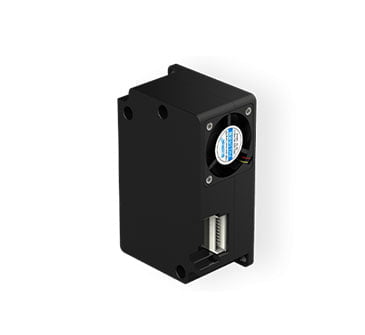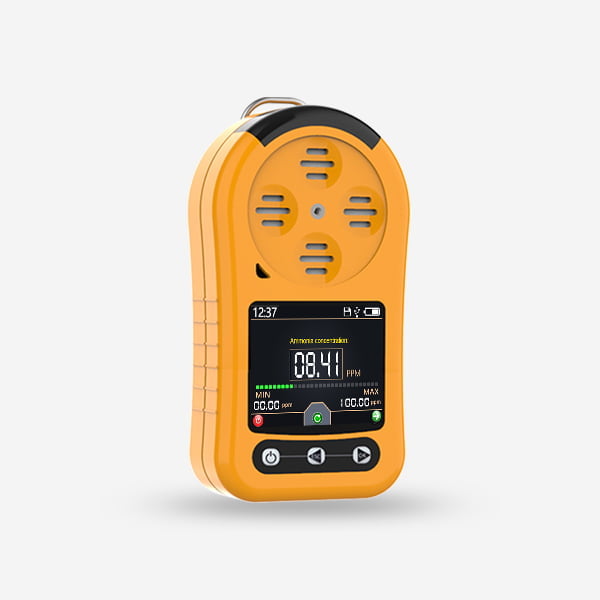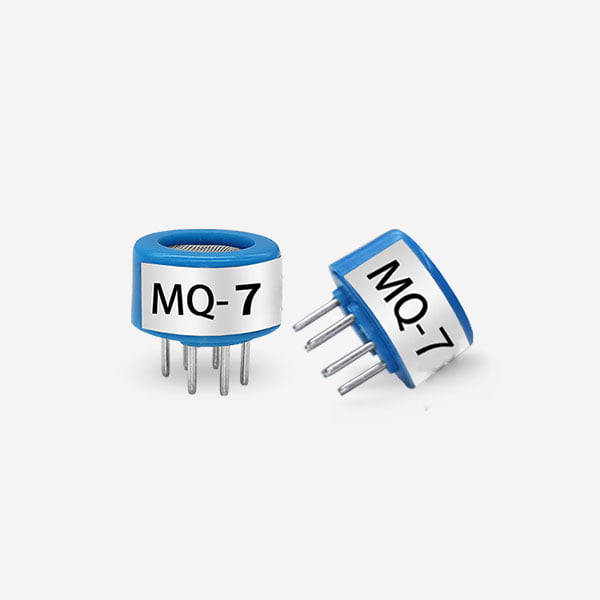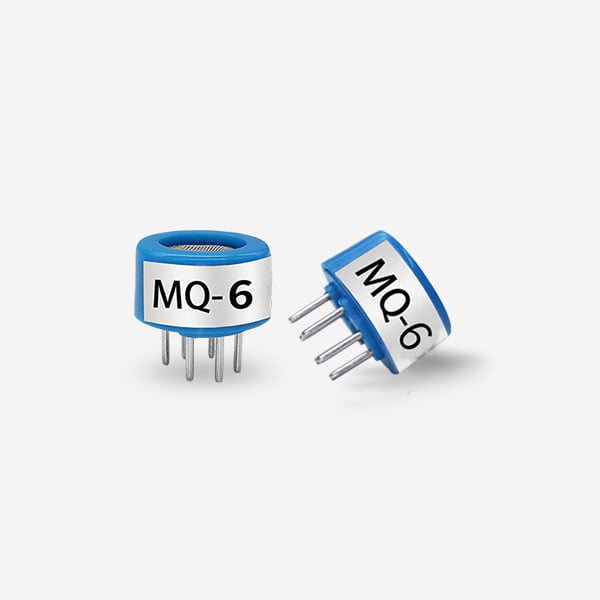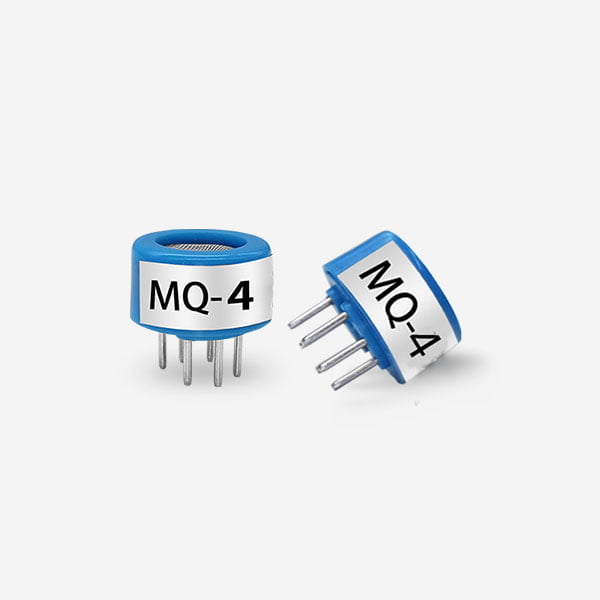First, I’d like to express that I am writing about Multi Gas Detector in general and not any specific company meter. Over the years, I’ve consistently found individuals who know very little about their Multi Gas Detector.
I’ve seen people blow into the multi gas detector tubing as a sort of ‘bump test. I’ve seen people turn on the meter and calibrate it in the actual hazardous atmosphere in question. I’ve seen people walk through testing areas so fast they don’t allow the meter time to analyze the right areas. I’ve seen people improperly monitor vertical confined spaces by not monitoring all levels and doing it too fast. I’ve also seen people who don’t understand parts per million (PPM) and percentages; I’ve seen gas detector improperly cared for by leaving them on rigs all day in cold weather and being knocked around; and lastly, but certainly not the least, people who have no idea of their meter’s limitations, of which there are many.
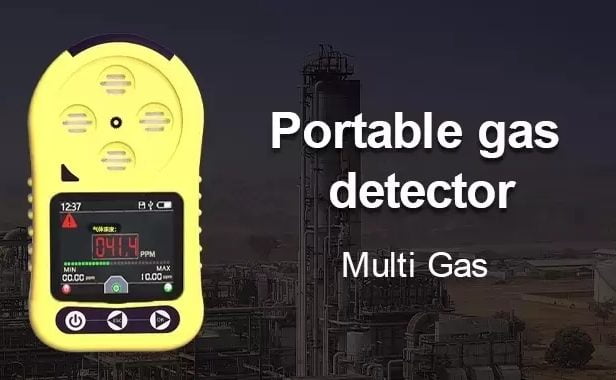
Let’s start with caring for your multi gas detector. Sadly, too often an overlooked and significant detail regarding meters. Some of us like to keep our meters in the outside compartment of a rig all day, in cold weather and unsecured, nor in its case. The meters generally operate at their maximal potential anywhere from 64 0F – 86 0F. Temperatures venturing farther away from this range will make the sensors less reliable.
Normal operating temperatures are generally between 14 0F –104 0F. In cold weather environments, this could be an issue. Some meters are drop-tested from 10 feet to 25 feet, that’s fine, but please protect your meter and keep it in its case, secure the case and keep it in relatively ambient temperature inside the cab of your apparatus. If your rig is stored outdoors and exposed to the elements (cold or hot), please bring Multi Gas Detectors inside overnight.
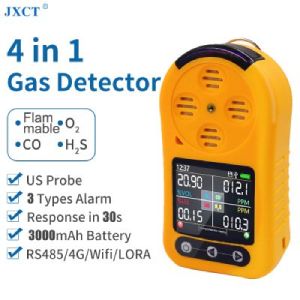
Operating Your detector
Most of us know that a Multi Gas Detector analyzes four gases: oxygen (O2), carbon monoxide (CO), hydrogen sulfide (H2S), and combustible gases (LEL) on a hydrocarbon basis. Most of us probably know that on a meter display, CO and H2S are expressed in parts per million (ppm) (toxic gases), and oxygen and LEL are expressed in percentages (%). However, most of us don’t know how to convert ppms to percentages and vice versa. We’ll talk more about that later.

The Occupational Safety and Health Administration recommends a crash test before using a meter every day. A crash test is just a functional test to see if the sensor is active . It does not test the accuracy of such sensors. This is done through a comprehensive calibration test. When you turn on the meter for use, it passes through a fresh air device (FAS). This is not a complete calibration. Perform FAS in a non-hazardous environment before entering a environment, otherwise the bad air will be locked into the baseline and you will not able to detect obvious harmful air. When you measure an area, it takes 10-15 seconds of reflection .
In other words, don’t rush through the room, as you may get a heat reading from the previous room or area 50 feet back.
We’re all pretty familiar with low-level and high-level alarms, such as STEL alarms. However, are you familiar with corrective factors? Today, most meters use a methane base to measure the combustible gas spectrum. Therefore, gases with a hydrocarbon base, other than methane, require multiple factors applied to your Lower Explosive Limit (LEL) reading.
A better example is xylene. Xylene has a factor of 4.83. Imagine the discrepancy and danger with a flammable range between 0.9 to 7.0 percent! A reading of 0.5 percent would actually be over 3 percent, showing a very explosive atmosphere.
So, it is imperative to keep your corrective factors in mind. Meters have differing corrective factors. They also have some sensor cross-sensitivities with other gases. Read Your Manual. By the way, when you actually reach the LEL, the meters generally display ‘XXX’, ‘100’, or ‘OVER’, etc.
Other Limitations to Watch Out for When Utilizing Meters
- Don’t use them in oxygen-deficient or enriched atmospheres (<10% or > 25%),
- Don’t use them in inert environments,
- Don’t use them in mist or dust atmospheres, and
- Remember, flashpoints > 100.4 0F may result in low readings.
When do Sensors Become Desensitized During the Analyzing Stage?
When the air pollution:
Organic silicones,
Silicates,
Lead-containing compounds, or
Hydrogen Sulfide >200 ppm or >50 ppm for 1 minute.
In Closing…
Finally, I hope I’ve enlightened you to most of the significant limitations of your multi gas detectors, although not inclusive. Proper care and usage are of utmost importance. Equally significant is recognizing the potential atmospheres you may encounter. Doing your homework on the right meter to purchase for your business goes without saying.
